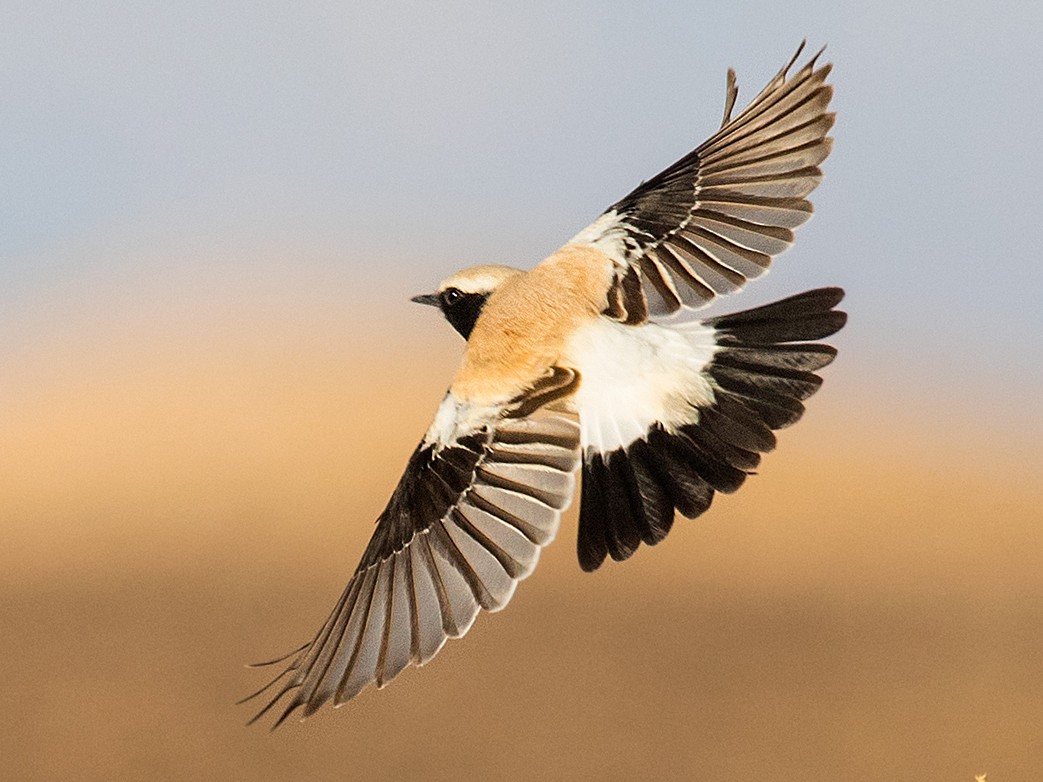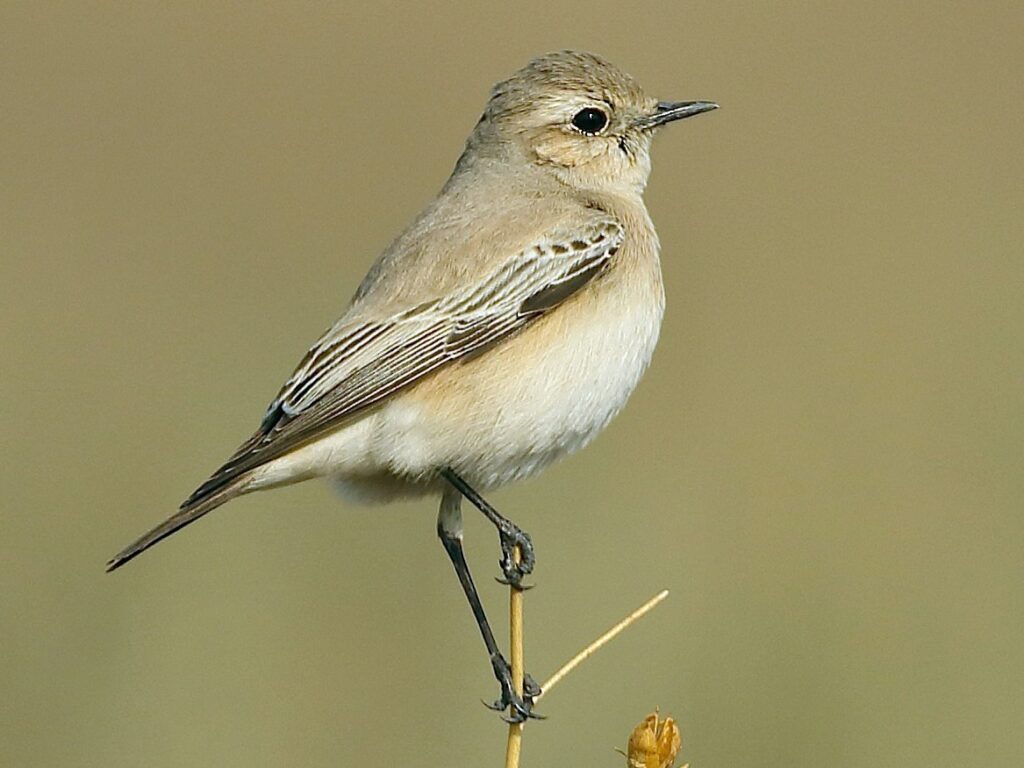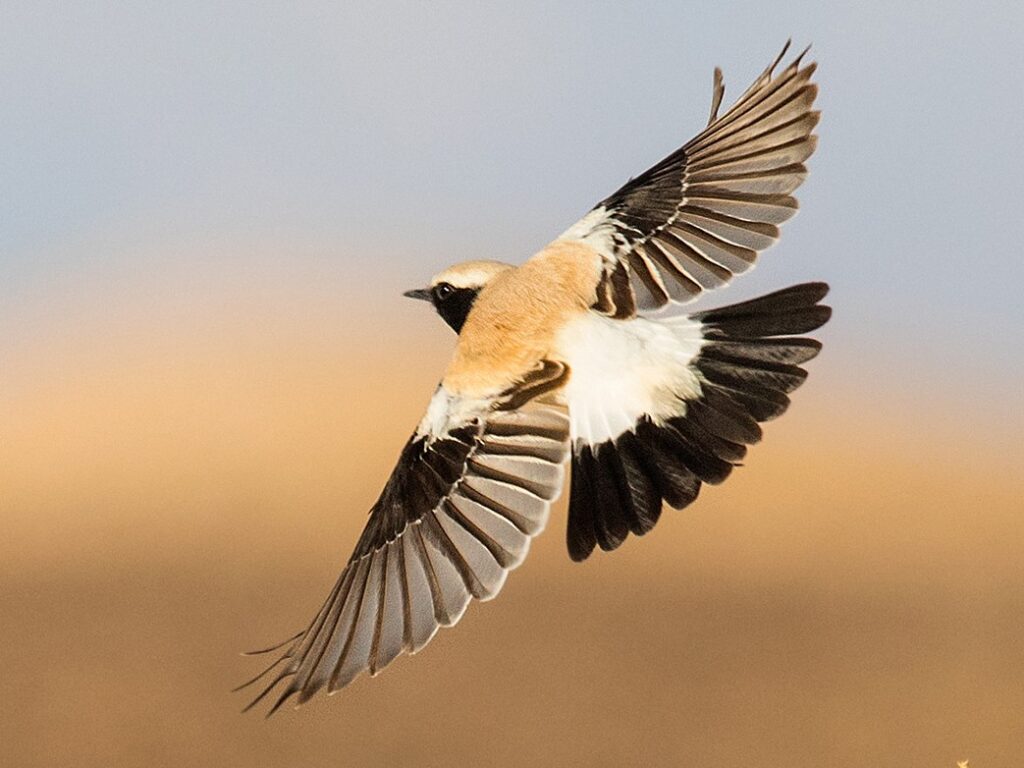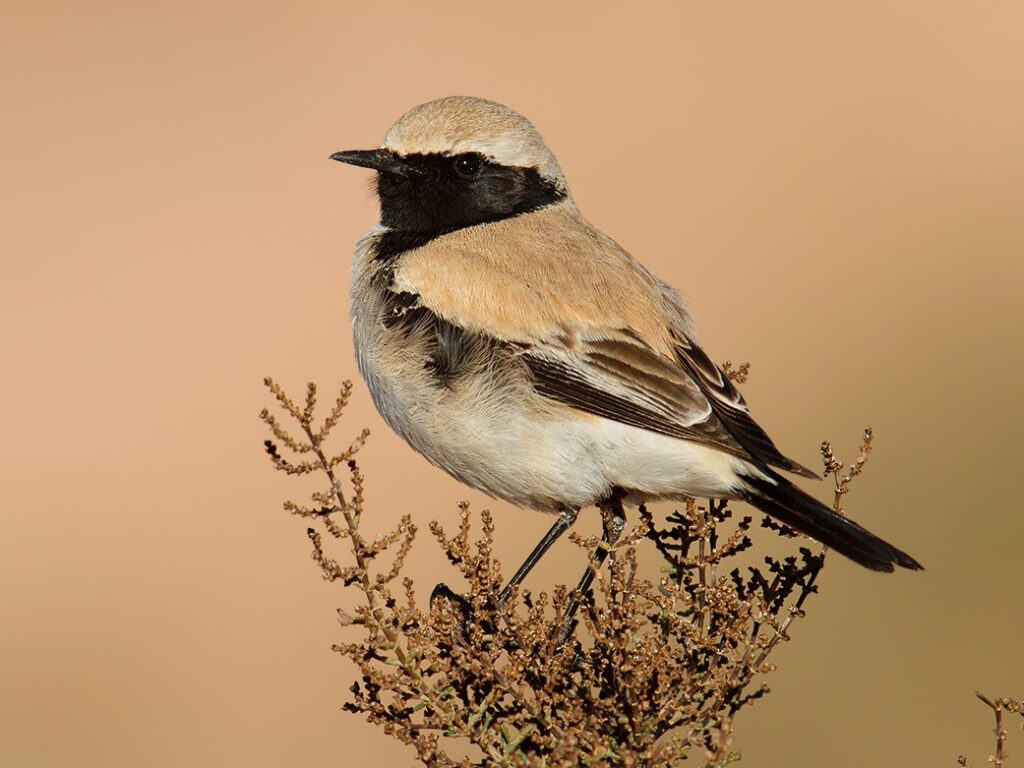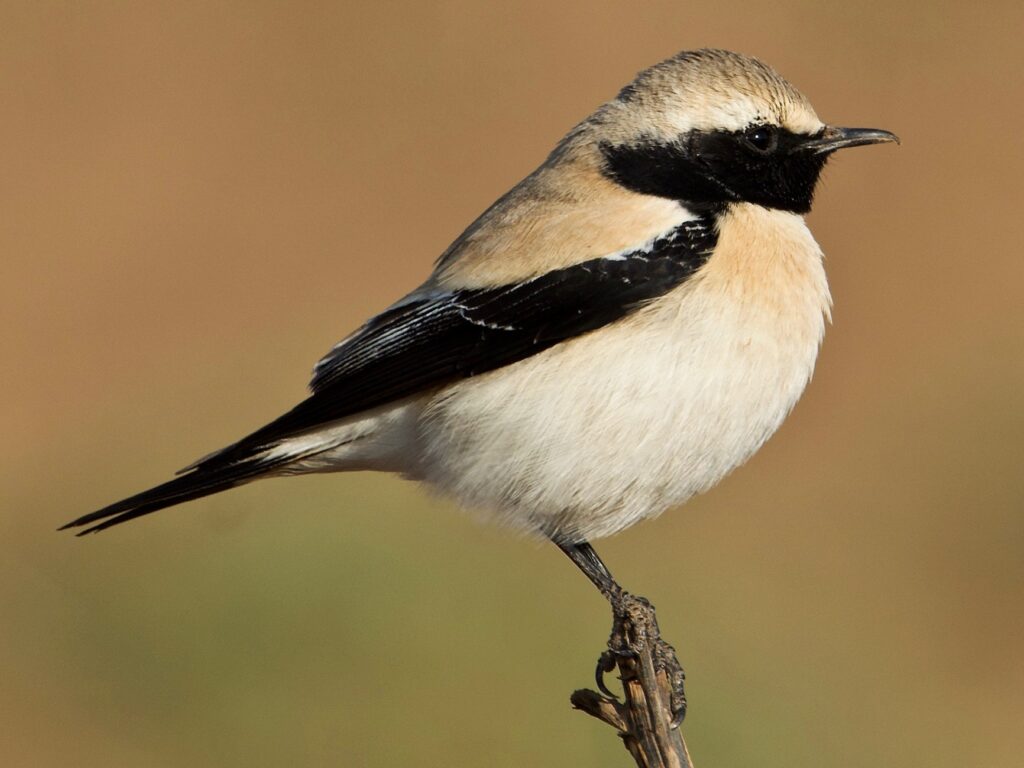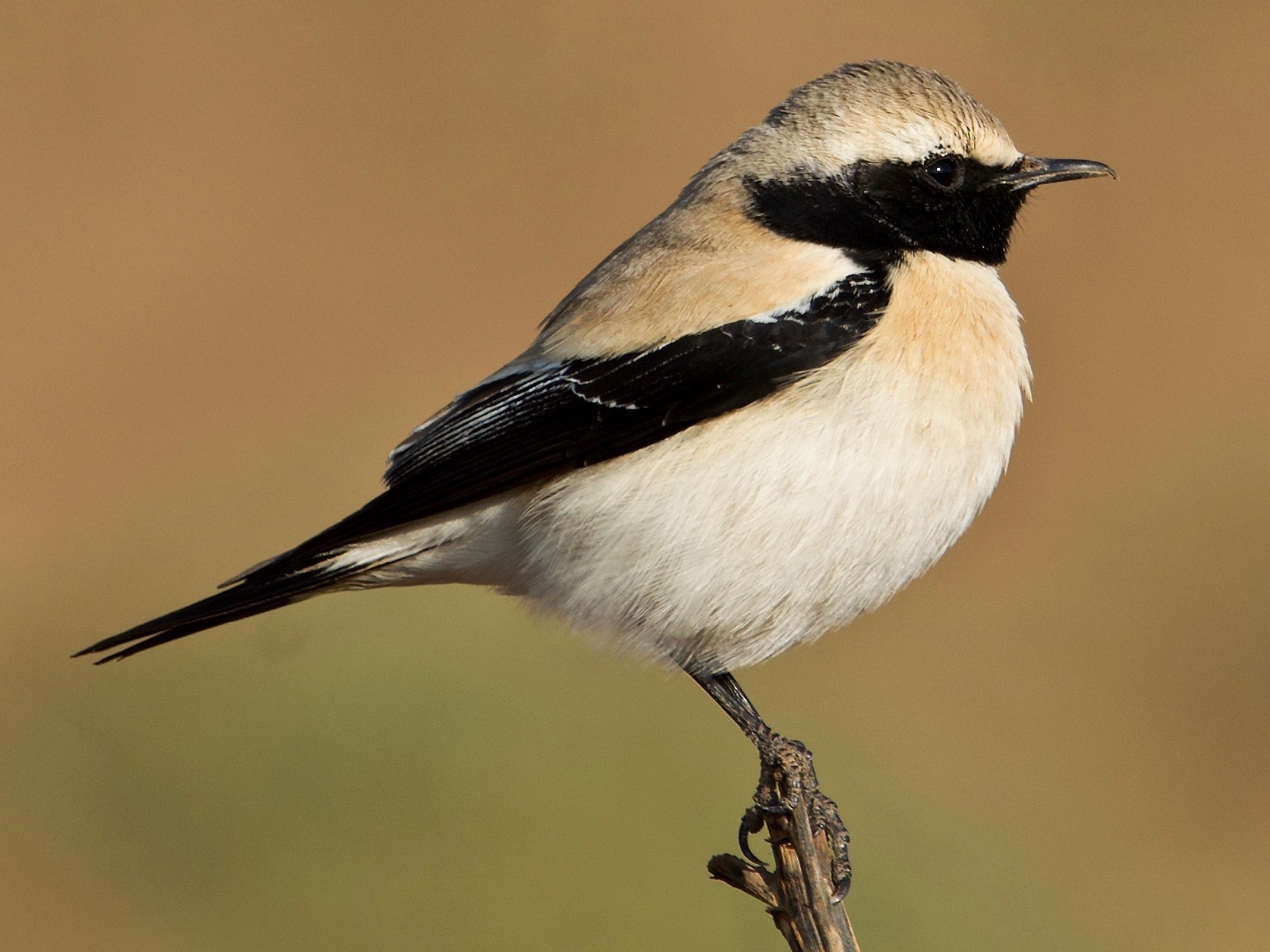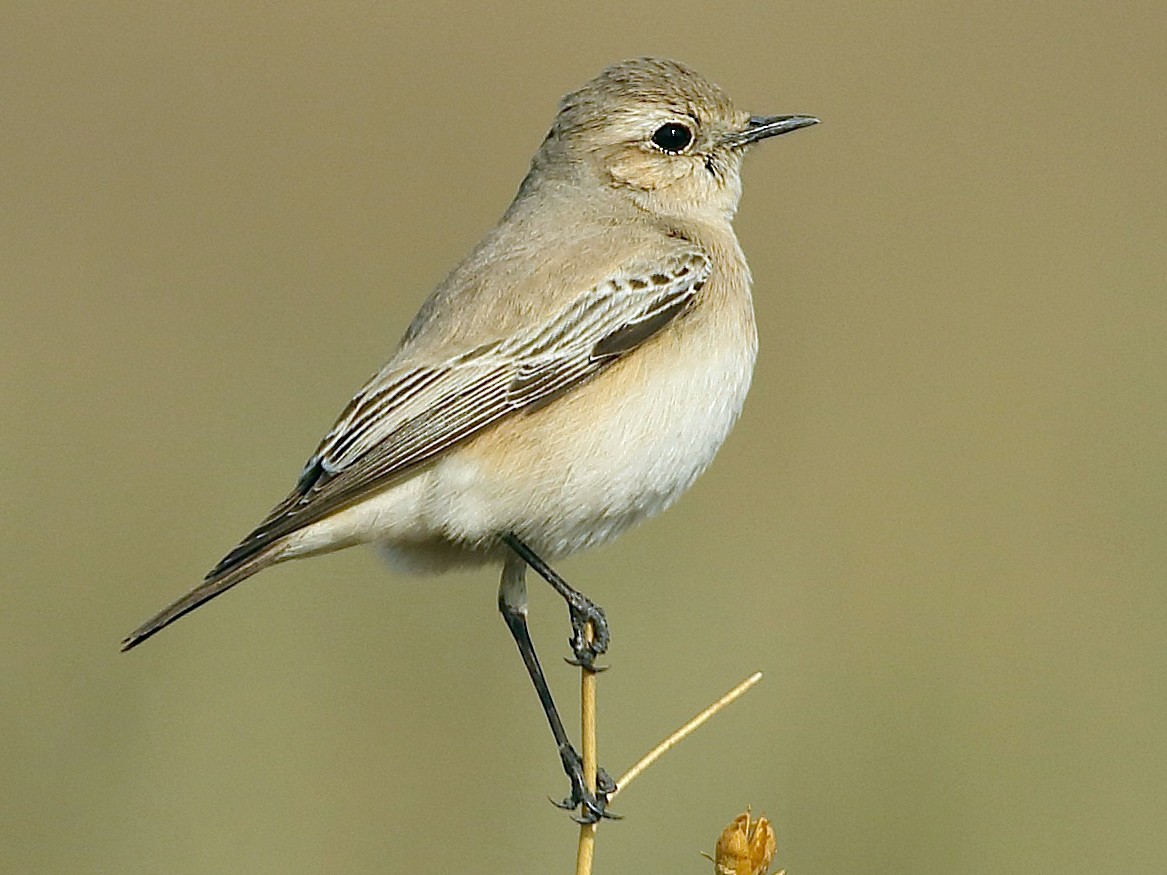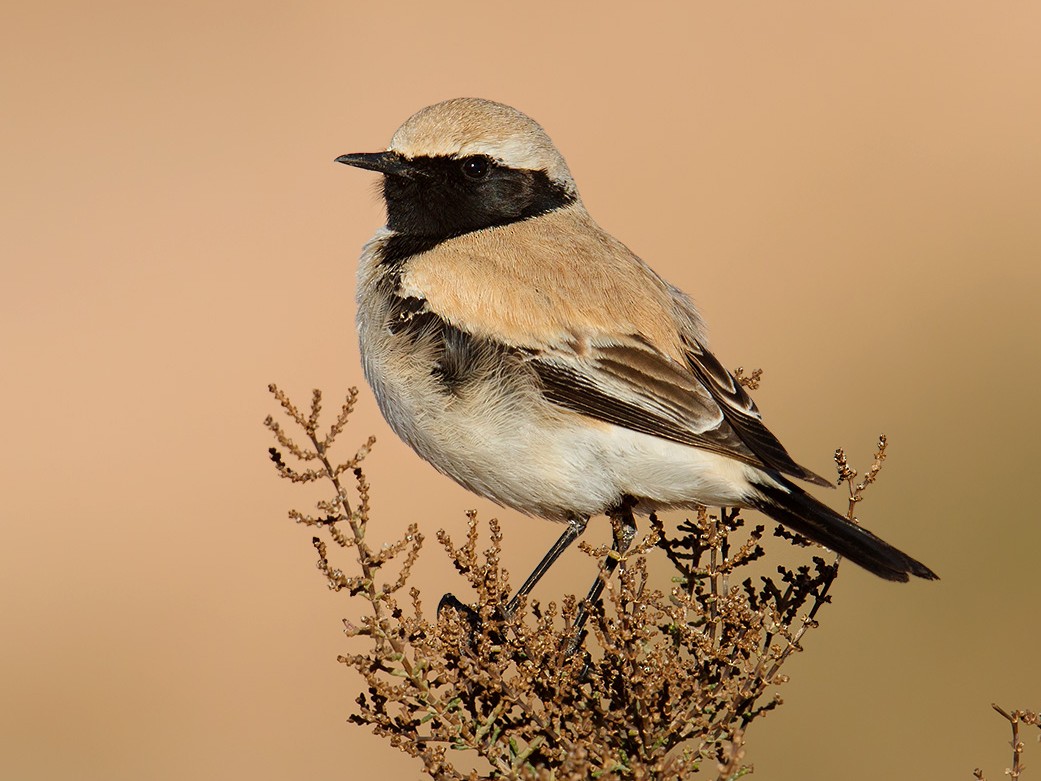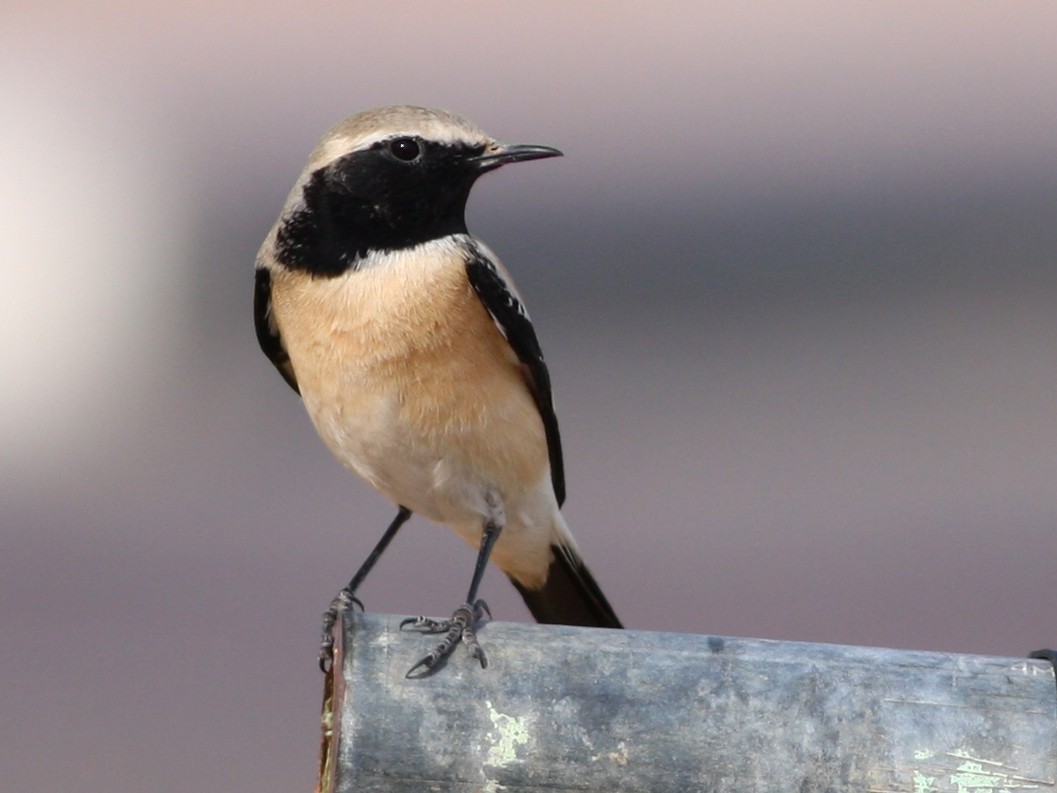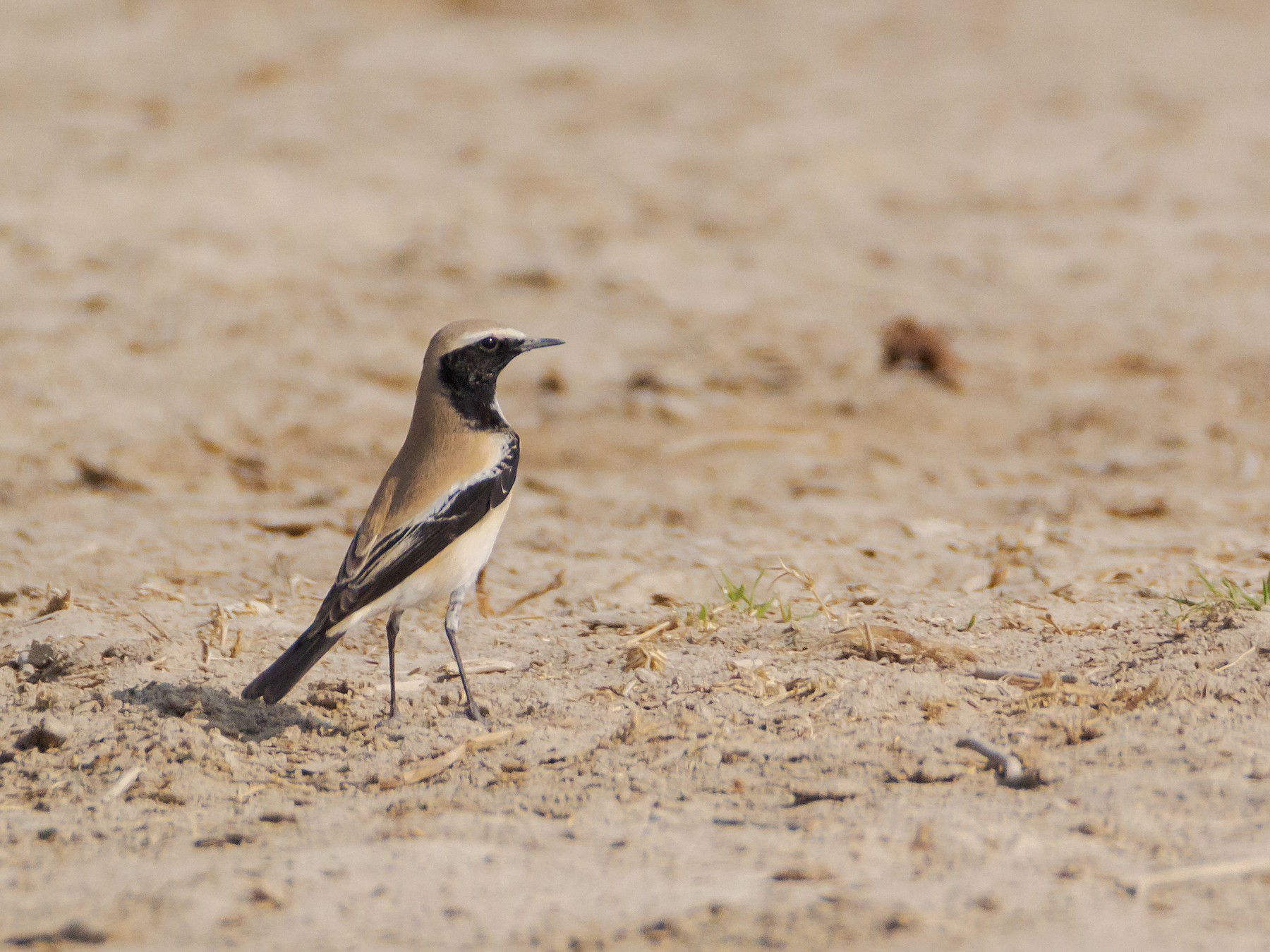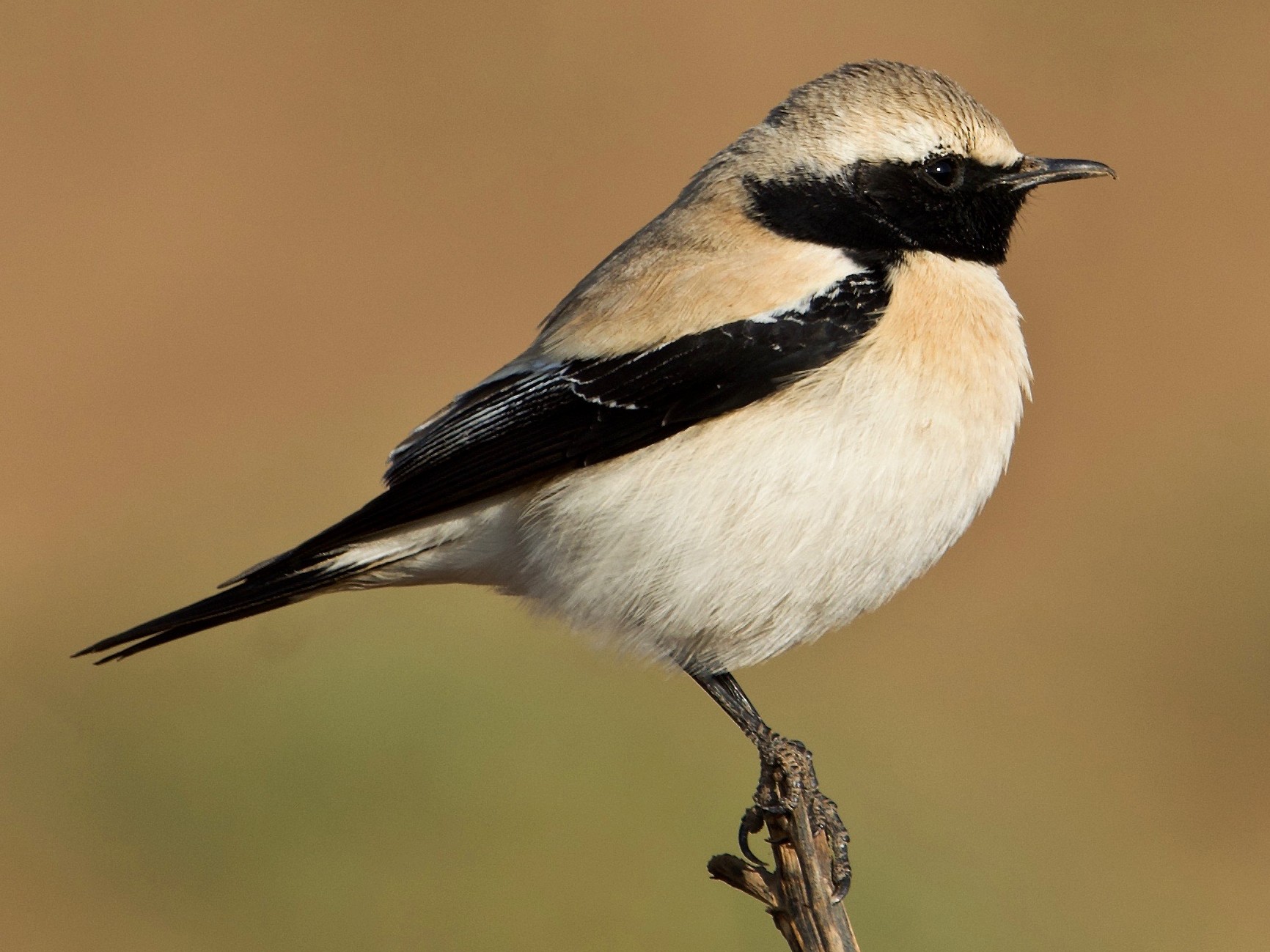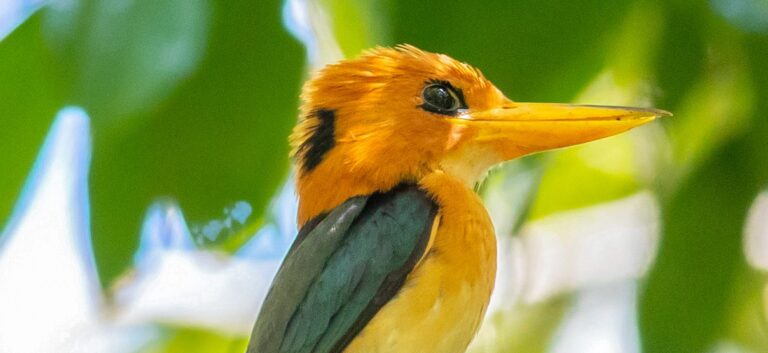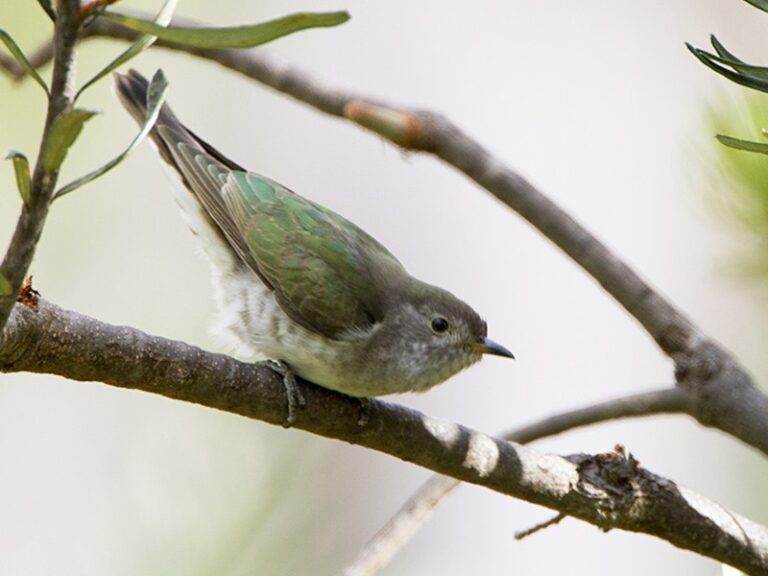Desert Wheatear: The True Survivor of Arid Landscapes
The Desert Wheatear, known scientifically as Oenanthe deserti, is a striking bird commonly found in arid regions. This bird thrives in harsh environments, showcasing remarkable adaptations that allow it to navigate and survive in dry habitats. With its distinctive coloration and behavior, the Desert Wheatear captivates bird watchers and nature enthusiasts alike.
Often spotted hopping along the sandy ground, this species is not only visually appealing but also vocalizes a series of melodious calls. They use these sounds for communication, especially during mating season, to establish territory and attract potential mates. Understanding its habitat, diet, and behaviors can enrich one’s appreciation for this resilient creature.
As habitat loss and environmental changes threaten its populations, learning about the Desert Wheatear’s status and conservation efforts is more important than ever. By exploring this bird’s life, one can gain insights into the delicate balance of desert ecosystems and the importance of protecting them.
Key Takeaways
- The Desert Wheatear adapts well to dry environments.
- It communicates using a variety of melodic vocalizations.
- Conservation efforts are critical for the survival of this bird.
Habitat and Distribution
The Desert Wheatear has a wide distribution across arid regions. It thrives in various types of habitats, which play a crucial role in its survival and breeding.
Regions and Range
The Desert Wheatear can be found in North Africa, the Middle East, and parts of Central Asia. Its range extends to Pakistan, where it inhabits dry landscapes. This bird primarily resides in semi-desert areas, showcasing adaptability to both dry and sparsely vegetated regions. In the Arabian Peninsula, it prefers open ground and rocky terrains, often seen in gravel or sandy areas conducive to nesting and foraging. Additionally, populations are observed in Iran, reflecting the bird’s ability to thrive in diverse climates.
Habitat Characteristics
Desert Wheatears occupy habitats that offer ample opportunities for foraging and nesting. They prefer hilly landscapes with sparse vegetation, often favoring regions with scattered shrubs or grasses. This bird is known for its preference for fixed sandy areas, which can be found in dry riverbeds or along desert slopes.
Their vocalizations are a noteworthy aspect of their behavior. The Desert Wheatear produces a variety of calls, often characterized by melodic notes. These sounds serve to establish territory and attract mates during the breeding season. The bird’s communication is essential for survival in their challenging habitats, aiding in both social interaction and navigation through their arid surroundings.
Physical Characteristics
The Desert Wheatear displays distinct physical traits that help it adapt to its arid environment. Key features include its overall morphology, specific markings, and coloration that facilitate identification and communication.
Morphology
The male Desert Wheatear is slightly larger than the female, typically measuring about 15 to 18 cm in length. Its body is robust, with a slender shape that assists in fast flight. Notable features include its black tail, which contrasts sharply with its other markings. The white rump is also prominent, making the bird easily recognizable in flight. Desert Wheatears possess strong legs adapted for walking on rocky terrain and are capable of agile movements. Their wing-coverts are well-developed, assisting in maneuverability while foraging.
Coloration and Markings
The coloration of the Desert Wheatear varies between the sexes and seasons. Males exhibit sandy to pale brown plumage on their upper parts. This helps them blend into their desert surroundings. Their underparts are generally lighter, with a subtle wash of grey. The dark wings are striking and serve as an important visual cue during courtship displays. Vocalizations of the Desert Wheatear are a series of melodic calls that sound like soft whistles. This vocal trait aids in communication between mates and during territorial displays. The combination of markings and plumage provides both camouflage and a means of attracting mates.
For a deep dive into the specifics of the Desert Wheatear’s unique traits, further reading can be found in studies about their habitat selection and conservation status.
Behavior and Diet
The Desert Wheatear exhibits unique feeding habits, breeding behaviors, and migration patterns. Understanding these aspects provides insight into how this bird thrives in its arid environment.
Feeding Habits
The Desert Wheatear primarily feeds on a diet of small invertebrates. Common food sources include insects, beetles, flies, and grasshoppers. They are known to search the ground for these foods, often seen hopping and probing the soil.
They also consume worms and termites when available. Their hunting style consists of quick movements and short flights to catch prey. Their diet varies with the season and availability of food resources. Vocalizations accompany their foraging, with calls that serve to communicate with mates and warn of danger.
Breeding and Nesting
During the breeding season, the Desert Wheatear engages in a variety of displays to attract a mate. Males perform striking flight patterns and vocalize to establish territory. They often select elevated sites to sing from, making them visible and heard.
Nests are typically built in rocky crevices or sparse vegetation. They are primarily composed of grass and feathers, providing insulation and camouflage. The female lays around four to six eggs, which she incubates for about two weeks. The chicks are altricial, meaning they are born helpless and rely on their parents for food much like in bases of providing protection from predators.
Migration Patterns
The Desert Wheatear is a migratory bird, traversing significant distances during seasonal changes. In winter, it moves to milder environments, primarily in search of food and better survival conditions.
As migratory patterns are heavily influenced by climate, they often return to breeding grounds in spring. During migration, they travel in small flocks, using vocalizations to maintain contact. These calls help to coordinate movement and alert group members to potential threats. Effective navigation is crucial, as they traverse various landscapes in their annual journey.
Reproduction and Lifespan
The Desert Wheatear exhibits distinct breeding patterns and a notable lifespan. Understanding these aspects highlights their adaptability to harsh environments.
Breeding Season
The breeding season for the Desert Wheatear typically begins in late March and can last through July. This timing allows for optimal conditions as the weather warms and food becomes more abundant.
Nesting usually occurs in areas with sparse vegetation, like rocky outcrops or open ground. Females lay about 4 to 6 eggs, which they incubate for around 12 to 13 days.
During the breeding period, males are known for their vocalizations. They produce a variety of songs and calls to attract mates and establish territory. These vocalizations play a significant role in communication and mate selection.
Lifespan
The average lifespan of the Desert Wheatear is about 2 to 5 years in the wild. However, under ideal conditions, some individuals may live longer. Their adaptability to semi-desert habitats contributes to their survival.
Factors influencing their lifespan include availability of resources and environmental conditions. As residents in certain areas, they often face challenges like food scarcity during dry months.
Despite these challenges, their breeding strategy and ability to thrive in various conditions help sustain their populations.
Conservation Status
The conservation status of the Desert Wheatear is influenced by several factors, including threats from habitat loss and population dynamics. Understanding these elements is crucial for effective conservation efforts.
Threats and Protection
Desert Wheatears face several threats that can impact their survival. Habitat destruction due to urban development and agricultural expansion is significant. Vagrant populations can be particularly vulnerable as they rely on specific habitats found in Morocco and other regions of Africa.
Additionally, mining activities and energy projects pose serious risks to the breeding grounds of these birds. Despite these threats, efforts are being made to safeguard their habitats. Conservation organizations work to raise awareness and implement protection measures in key areas.
Population Trends
Population trends for the Desert Wheatear show fluctuations due to environmental changes and human activities. In recent years, studies have indicated a decline in the species’ numbers, largely attributed to habitat degradation.
Monitoring programs collect data on the bird’s vocalizations and behaviors, helping researchers understand their distribution better. These observations are vital for determining conservation strategies. Efforts to assess population dynamics are ongoing, especially in regions where the Desert Wheatear is known to breed.
Frequently Asked Questions
This section provides detailed answers to common questions about the Desert Wheatear. The information includes differences between sexes, vocalizations, geographical distribution, identifying characteristics, preferred habitats, and breeding behavior.
How can one differentiate between a male and a female Desert Wheatear?
Males are typically more vibrant than females. They have a striking black cap, a white stripe above the eye, and a brown back. Females, on the other hand, are generally paler with less contrast in their plumage.
What are the distinct vocalizations of the Desert Wheatear?
The Desert Wheatear produces a variety of calls. These include soft whistles and sharp, short notes. Their songs are often described as melodic yet not overly complex, making them recognizable among other bird calls in their habitat.
Where can Desert Wheatears typically be found geographically?
Desert Wheatears are commonly found in arid regions across parts of Africa and Asia. Their range extends from the deserts of North Africa to the Middle East and parts of Central Asia, particularly in dry, open areas.
What are the identifying characteristics of the Desert Wheatear?
In addition to their coloration, Desert Wheatears have distinctive tail and wing markings. Their tails show a black pattern, and they have long, slender bodies. Observers can also note their upright posture while perching.
Which habitats do Desert Wheatears prefer for nesting and feeding?
These birds favor open, dry habitats with scattered vegetation. They often nest in rocky crevices, under shrubs, or in sandy areas. Their feeding areas typically include plains and hills where insects and seeds are abundant.
How does the Desert Wheatear’s breeding behavior differ from other Wheatear species?
During the breeding season, Desert Wheatears display unique courtship behaviors, including fluttering flights and vocal displays. They tend to be monogamous, forming long-term pairs during the nesting season, unlike some Wheatear species that may have different breeding strategies.
